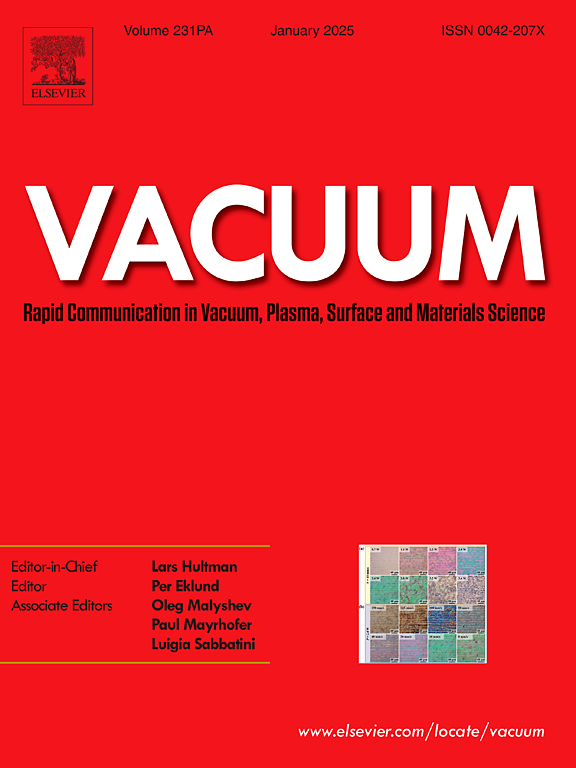Calculation of the spray supply system characteristics for obtaining film material by spray-pyrolysis
IF 3.8
2区 材料科学
Q2 MATERIALS SCIENCE, MULTIDISCIPLINARY
引用次数: 0
Abstract
Mathematical models of the main characteristics of a spray atomizer have been developed, namely: dispersion characteristics that define the torch (the spray flow from the nozzle) as a certain set of particles of different sizes; distribution characteristics that reflect the profile of specific liquid flows across the torch cross-section; shape characteristics that allow determining the dimensions of the torch at a given distance from the sprayer. These characteristics have been calculated for a pneumatic nozzle and the calculation results have been compared with experimental data, which confirmed the adequacy of the developed models. Based on calculations, it was found that the spray droplet diameter distribution curve obeys the log-normal distribution, the median spray droplet diameter is 754 μm, the most common diameter is 249 μm. The average droplet evaporation time is about several minutes. A system of nonlinear differential equations for the motion of aerosol particles in a spray torch was obtained, which made it possible to determine its parameters. When deriving the equations, the following assumptions were made: aerosol particles have a spherical shape, the particles move at low Reynolds numbers, and the drag force is determined by the Stokes formula. As a result of the numerical solution of the nonlinear equations system, an equation for calculating the distance of a spray droplet movement in the direction perpendicular to the torch axis, which made it possible to estimate the law of the torch spray density distribution was found. The effect of the spray torch parameters (torch height and spray angle) on the type of irrigation curves was revealed. The obtained results are in good agreement with the experimental data obtained by the authors of the article, as well as with the results given in scientific sources. A technological and functional scheme for obtaining transparent conductive thin films is proposed.
求助全文
约1分钟内获得全文
求助全文
来源期刊

Vacuum
工程技术-材料科学:综合
CiteScore
6.80
自引率
17.50%
发文量
0
审稿时长
34 days
期刊介绍:
Vacuum is an international rapid publications journal with a focus on short communication. All papers are peer-reviewed, with the review process for short communication geared towards very fast turnaround times. The journal also published full research papers, thematic issues and selected papers from leading conferences.
A report in Vacuum should represent a major advance in an area that involves a controlled environment at pressures of one atmosphere or below.
The scope of the journal includes:
1. Vacuum; original developments in vacuum pumping and instrumentation, vacuum measurement, vacuum gas dynamics, gas-surface interactions, surface treatment for UHV applications and low outgassing, vacuum melting, sintering, and vacuum metrology. Technology and solutions for large-scale facilities (e.g., particle accelerators and fusion devices). New instrumentation ( e.g., detectors and electron microscopes).
2. Plasma science; advances in PVD, CVD, plasma-assisted CVD, ion sources, deposition processes and analysis.
3. Surface science; surface engineering, surface chemistry, surface analysis, crystal growth, ion-surface interactions and etching, nanometer-scale processing, surface modification.
4. Materials science; novel functional or structural materials. Metals, ceramics, and polymers. Experiments, simulations, and modelling for understanding structure-property relationships. Thin films and coatings. Nanostructures and ion implantation.
 求助内容:
求助内容: 应助结果提醒方式:
应助结果提醒方式:


